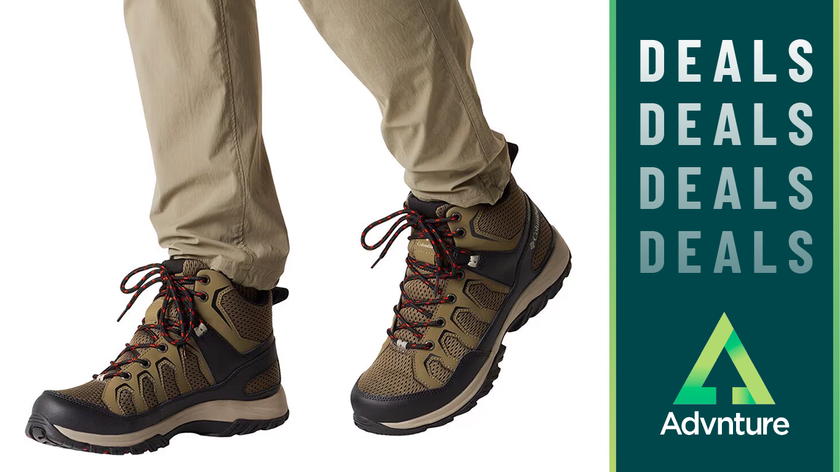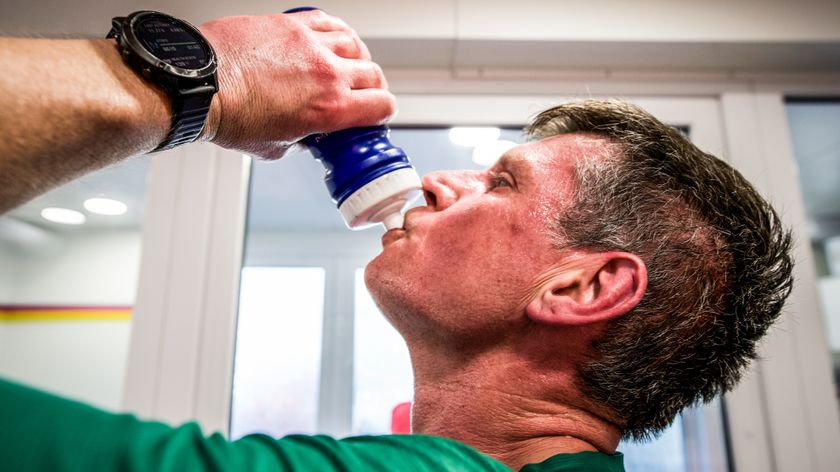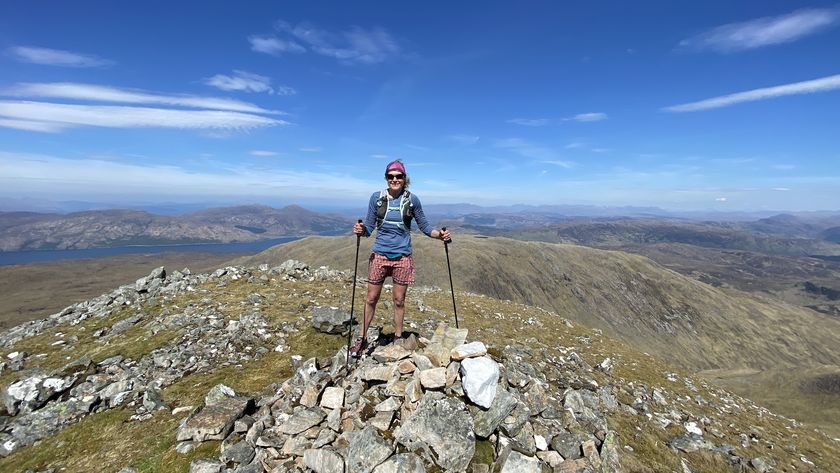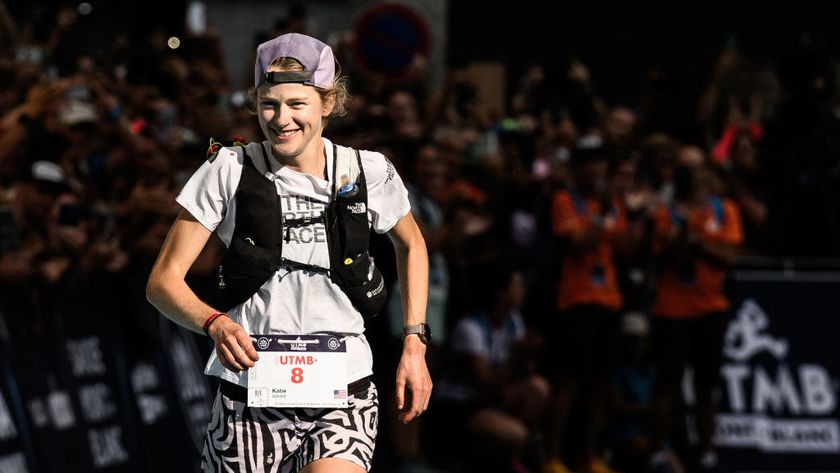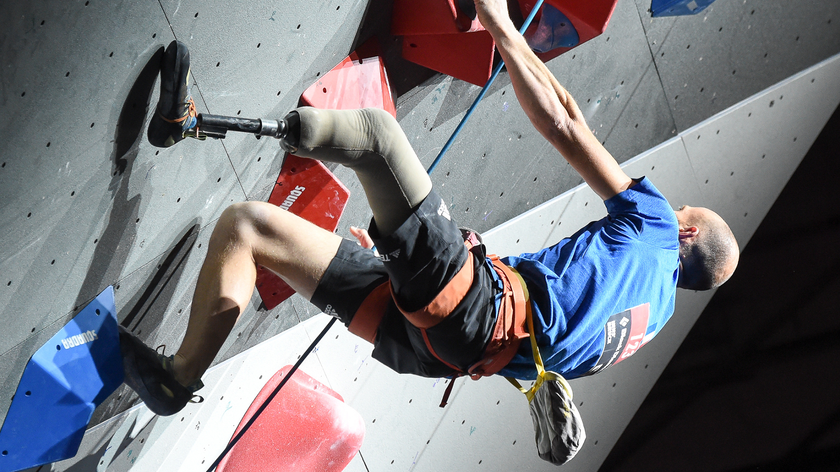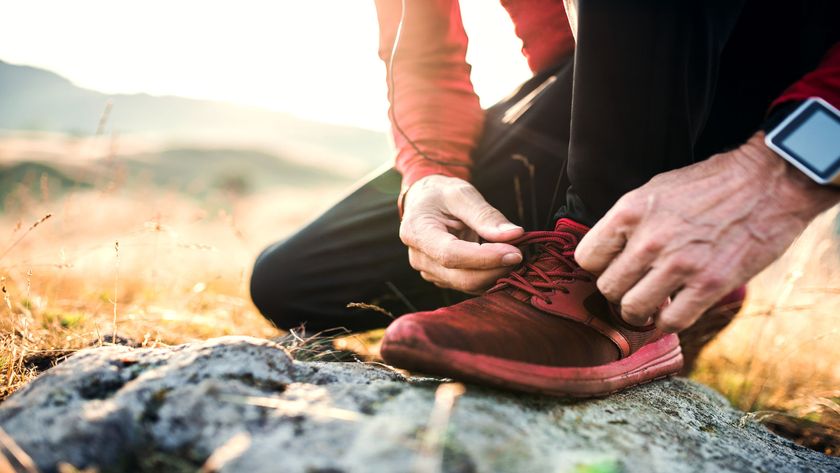Is vamp disease as terrifying as it sounds, and how can runners avoid it?
This foot condition can be very painful, but it's easy to alleviate
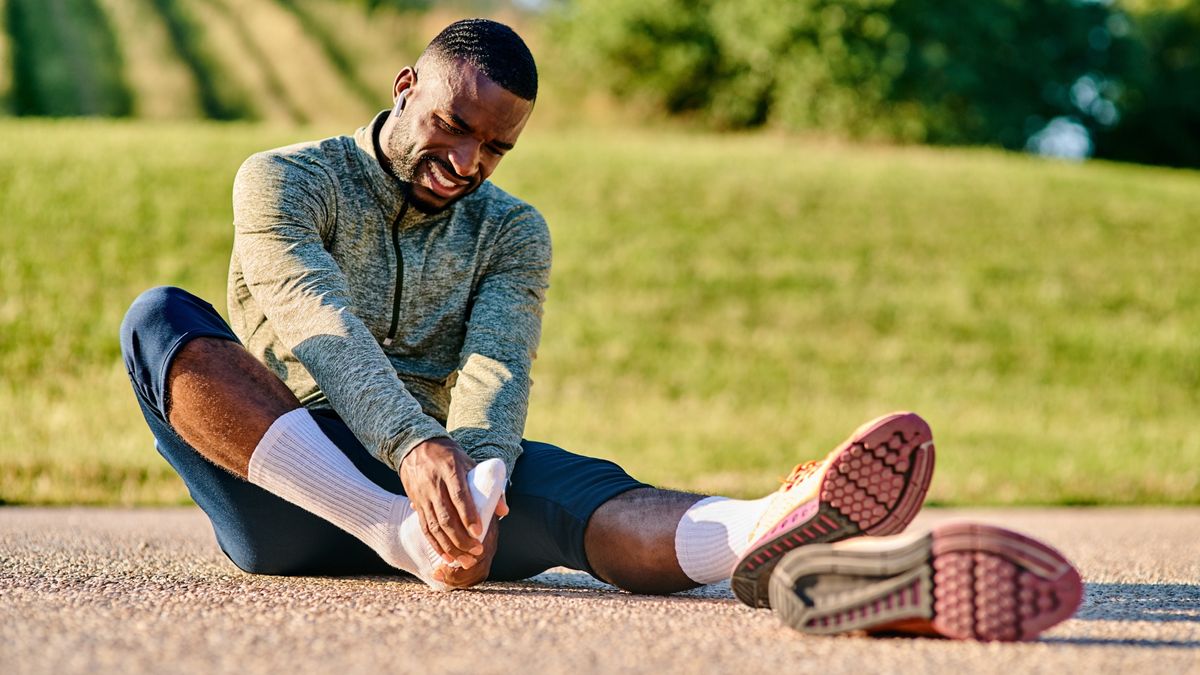
Running can help improve cardiovascular fitness, relieve anxiety, and help you develop friendships, but it also comes with its downsides, including a wealth of exciting sources of foot pain. The ache of plantar fasciitis is probably the best known, followed by the toe discomfort of Morton's neuroma, but there's also a lesser-known, much more alarming sounding condition: vamp disease.
Vamp disease is characterized by pain on the top of your foot, but although it sounds frightening, it's thankfully quite simple to alleviate. The 'vamp' is the top part of a shoe that runs from the toe to your ankle, and vamp disease is simply a dramatic name for inflammation caused by this putting pressure on the top of your foot.
As an article in Podiatry Today explains, vamp disease isn't always caused by footwear; It can also happen if you are doing something else that presses on the top of your foot, like sit-ups with with your feet under a bar. However, if you're a runner with the condition, chances are your feet hurt because your shoes are too tight.
A podiatrist will be able to tell you whether your foot pain is caused by vamp disease, or something more serious like tendonitis, or even a stress fracture. Running with such an injury will make it worse, so it's best to seek medical advice as soon as possible.
Treating vamp disease
Simply lacing your shoes more loosely doesn't really work for running unless you want to swap upper foot pain for black toenails and blisters when you're sliding around inside them, but there are other ways to prevent the pain of vamp disease.
If vamp disease is the reason for your foot pain, start by making sure your shoes are the correct size. Sizing can very wildly, not just between brands, but between different styles as well. You might simply need to go up half a size for a more comfortable fit.
If they are the right size, you can try lacing your shoes differently to relieve the pressure. All you need to do is avoid crossing the laces over the sore point on your foot, as shown below (these particular shoes aren't uncomfortable; they are being used here for illustrative purposes):
Advnture Newsletter
All the latest inspiration, tips and guides to help you plan your next Advnture!
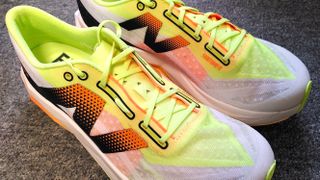
It might take some experimentation before you find a configuration that will take the pressure off at the right point, but once you do, you'll be able to walk and run comfortably without further aggravating the inflamed area so it can heal. If lacing your shoes this way makes them feel too loose, you can secure them more firmly at the ankle using a heel lock so your feet don't slide around.
If you still experience pain when walking and running despite taking the pressure off your foot, it's time to seek medical advice again.
- The best road running shoes: our top recommendations tested and rated

Cat is Homes Editor at TechRadar and former editor of Advnture. She's been a journalist for 15 years, and cut her teeth on magazines before moving online. She helps readers choose the right tech for their home, get the best deals, and do more with their new devices.

